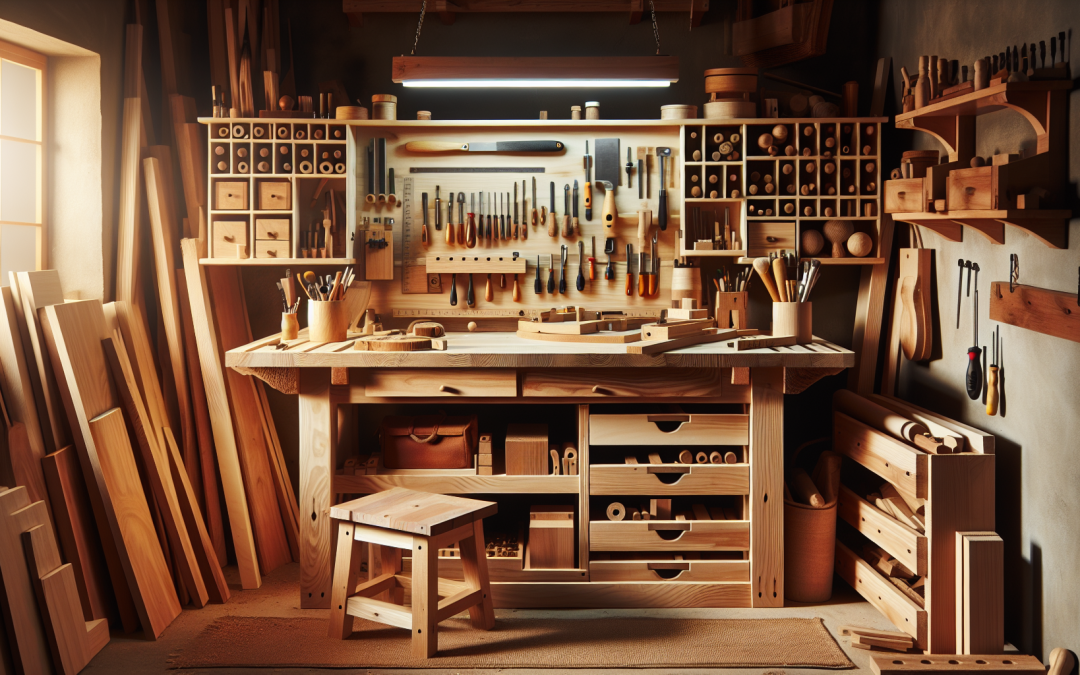Creating a functional and aesthetic workbench is crucial for anyone who ventures into the captivating world of woodworking. If your space is compact, the challenge is even greater, as every inch must be utilized strategically to accommodate your equipment and tools. But with insightful design tactics and smart choices, you can turn a compact space into a woodworking heaven.
Maximizing Your Workspace
The first step to creating a functional workbench in a compact workshop is to make the most out of the resources at your disposal. This includes categorizing your essential woodworking tools, using flexible tool storage solutions, and planning your workspace to optimize your workflow. Strategic placement of the workbench and other necessary tools can significantly boost your productivity and help avoid common woodworking mistakes.
Selecting Space-Saving Tools
When it comes to tools, it’s important to choose ones that are efficient and suitable for a smaller workspace. Consider opting for minimalistic tools that are designed for multiple functions. For example, a compact, versatile plane can often do the job of several larger tools. You can learn more about powerful hand planes and their role in woodworking by taking a look at our post on unlocking the phenomenal capabilities of hand planes in woodworking.
Creating a Multifunctional Workbench
Your workbench is not just a place to carry out your woodworking tasks, it’s also a storage area for tools and materials. Ensuring that your workbench serves multiple purposes will provide a significant boost in functionality to your compact workspace. The workbench should feature in-built storage spaces for essential tools and commonly used materials. It might also benefit to invest in a workbench with a built-in vise for holding workpieces in place.
Optimizing Your Workflow
A well-organized workflow is the heart of every efficient workspace. This includes not only the layout but also the making process or the order of operations. To create a smooth workflow, establish distinctive zones for different stages of the woodworking process – from basic wood preparation to the application of the finishing touches. If you’re uncertain about the correct finishing process for your woodworking piece, our guide on how to create smooth finishes can offer some invaluable insights.
Embrace the Beauty of Compact Woodworking
Working in a compact space doesn’t have to be a limitation but rather an opportunity for creativity, efficiency, and ingenuity. It requires you to deeply understand the properties of different wood species , become proficient with space-saving equipment, and craft better habits. As you adapt to your compact workshop, you’ll invariably grow as a woodworker – discovering new techniques, mastering precision cuts, and, perhaps most importantly, cultivating a greater appreciation for the craft.
By encompassing this approach, your compact woodworking workspace can turn from a challenge into an advantage. A functional, space-optimized workbench can make all the difference to your woodworking journey. So start planning, and begin creating your woodworking paradise today.

